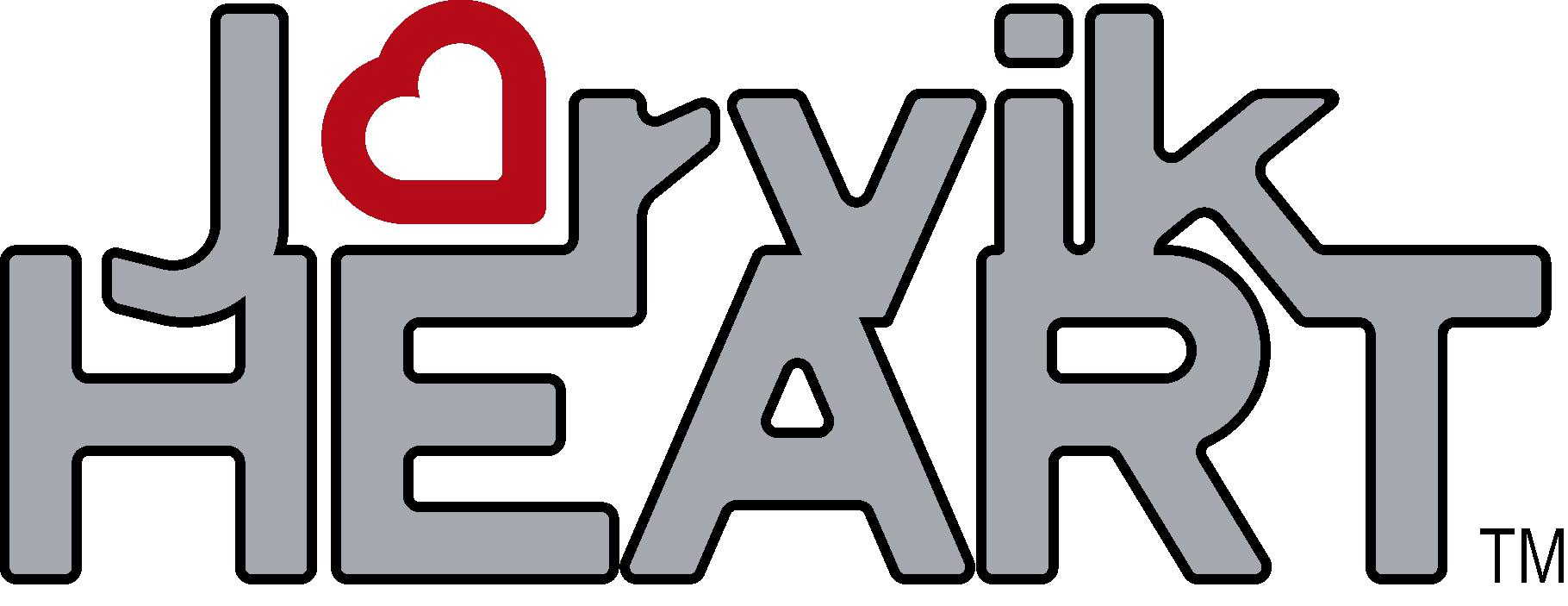Implanted Cardioverter Defibrillator (ICD)
(Also known as: Automatic Implantable Cardiac Defibrillator, AICD, Implantable Cardioverter, Automatic Defibrillator Implantation)
Some heart failure patients face an increased risk of fibrillation, a dangerously rapid and uncoordinated heartbeat that causes sudden death unless interrupted right away. An implanted cardioverter defibrillator monitors the heartbeat for such irregularities and, should one begin to occur, delivers an immediate electrical counter-shock to restore the heart’s normal rhythm.
Cardiac Resynchronization Therapy (CRT)
(Also known as: Resynchronization Therapy, Biventricular Pacing, Biventricular Pacemakers)
Heart failure is sometimes caused by a lack of coordination between the heart’s chambers, preventing an efficient flow of blood. Cardiac resynchronization therapy involves the implantation of a pacemaker-type device that delivers small electric shocks to both ventricles of the heart in order to coordinate, or “synchronize,” their function and ensure their optimal performance. (For a diagram illustrating normal blood flow through the heart’s chambers, click here.)
Total Artificial Heart (TAH)
(Also known as: Artificial Heart, Mechanical Circulatory Support System, Biventricular Assist Device. Note: In some cases, the same terms are applied heart assist systems.)
A total artificial heart is built to replace both ventricles of the living heart. The entire biological heart (except for the atria) is usually removed, and the man-made device is positioned in its place. Most total artificial hearts mimic the natural heart’s rhythm, drawing and pumping blood in pulses. Piston-like pumping actions must be coordinated with inflow and outflow valves. Total artificial hearts therefore require a great deal of complexity and precision.
Early artificial hearts such as the Jarvik 7 were air-driven and relied on heavy machinery outside the body, similar to today’s heart-lung machines that sustain patients during open-heart surgery.

